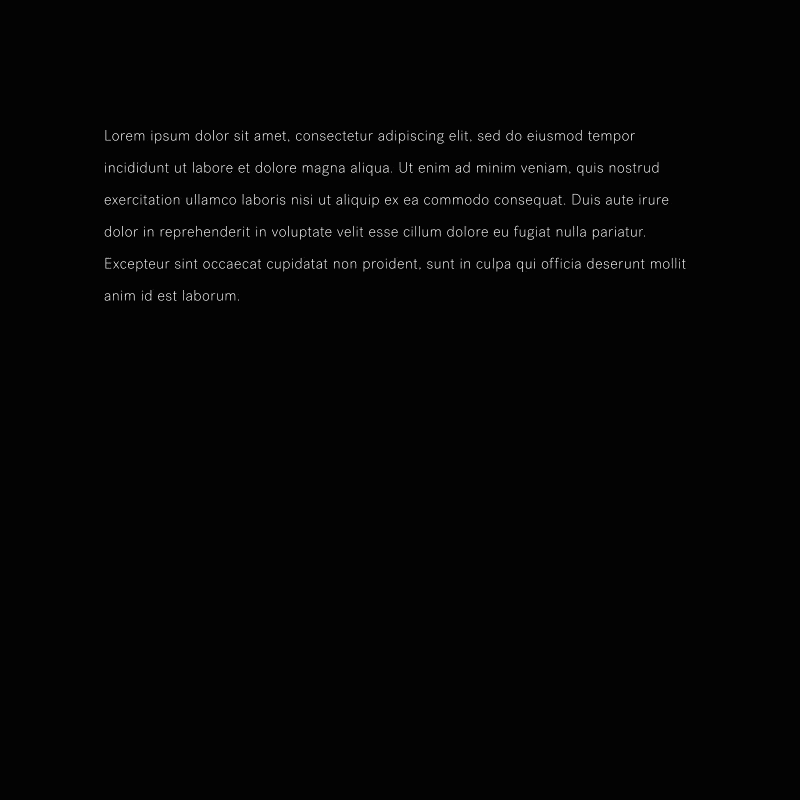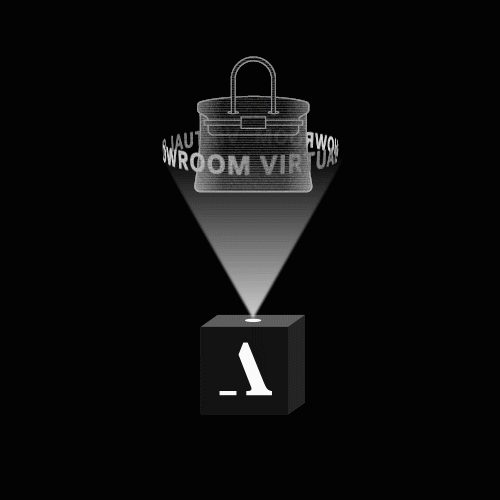16 - 07 - 2019
The Complete Guide to SEO 2019

One of the most common goals for a communications agency is to acquire traffic on behalf of the client. There are many ways to achieve this goal: pay-per-click campaigns through Facebook Ads and Google Ads, making viral videos, using social media marketing, etc., etc., etc. Let's find out with We Rad's SEO 2019 guide!
The website is the first business card that presents the company's brand identity, which is why in the vast majority of cases SEO advice is required to make sure the site is indexed correctly and ranks as high as possible in the SERPs.
What is SEO? What does SERP mean?
If you have already heard of these acronyms but do not know the difference between SEM and SEA, you probably need to read this guide in full.
SEO stands for Search Engine Optimisation: these are the techniques that help increase the Page Rank of a page or site within the SERP (Search Engine Result Page). Hence also the SEM - Search Engine Marketing and SEA - Search Engine Advertising. These are web marketing techniques that exploit search engine indexing to position products or services and direct traffic to the company site.
If you already have a smattering of SEO and want to know how to gain competitive advantages by indexing your business website and placing it on the first page of search engines, you can skip the introduction and go straight to the practical part of the Complete Guide to SEO 2019.
SEO: Optimisation and Indexing
As we have said, SEO includes all those operations aimed at optimising a website with the objective of positioning it as high as possible in the SERP in order to drive organic (spontaneous) traffic. It is a very powerful tool and must be used consciously, on pain of more or less serious loss of positioning and therefore of traffic.
What SEO is not
it is not SEO - paying for traffic to increase page rank, nor using ppc campaigns to rank high in the results.
it is not SEO - tricking google with black hat techniques, in fact it is the opposite - we need to collaborate with google by making the site well readable and rich in relevant content.
it is not SEO - doing things quickly and expecting results the next day, because the results will be seen in weeks and months.
SEO is not - a synonym for Google. A website can be optimised for any search engine (Bing, Yandex, etc) and social network (YouTube, Linkedin, Facebook, Instagram, etc).
Why is SEO crucial?
Users have stopped going beyond the first page.
This is the hard truth about search engines. Statistics show us some interesting data: not only do users rarely continue their search on page 2, 3, 4 of the SERP. As many as 75 per cent of users linger until position #5 on Google's first page. If they do not find results they are interested in, they carry out what is called 'query refinement', i.e. they redefine the keyword in the search bar.
In this regard, there is an old joke famous among SEO consultants and web marketers in general that confidently states that 'the best place to hide a corpse is on the second page of Google'.This means that if your site does not rank in the first 5 results, you are virtually invisible!
This says a lot about the small number of users viewing results beyond the first page of the SERP. This is why Search Engine Optimisation is important: whoever ranks at the top of the SERP will get more clicks - this means that to 'win' SEO we must be able to index as many keywords related to our niche as possible in the first position.
To always be at the top of the list is virtually impossible, so we must focus exclusively on the keywords that best represent our business and that are typed in by our typical audience.
Google's indexing and positioning algorithm
To rank well in Google's results, there are no precise instructions, but there are guidelines and certain tricks that will make the pages of our site much more digestible for Google's crawling algorithm. This algorithm is a set of internal rules established by the search engine and which serve to establish the actual relevance of the content of a web page with respect to the user's search intentions expressed through the keywords used in the query.
How website pages and domains are indexed
In general, we can divide the functioning of Google's algorithm into 3 blocks:
crawling - also called crawling, is the procedure by which specific search engine algorithms (crawlers or spiders) scan the web, checking the contents of web pages and exploring all their internal and external links.
indexing - the crawlers organise the information obtained from the scan into structures and send it to the Google data centre for storage and indexing.
ranking - this is where Google's algorithm gives a ranking score to the results evoked by the search made by the user. The position of each page is determined by many parameters that interact with the keywords entered by the user and define the presence or absence of a result in the SERP.
Sitemap and robots.txt
To facilitate the work of the spiders, it is common practice to give guidelines via the robots.txt file and the sitemap contained within the site.
The sitemap defines a schematisation of the structure of the site and the pages present, also telling the crawler which pages to scan with higher priority and more frequently. This is because Google keeps visiting websites looking for updates and its spiders are always running. You can find the structure with which a sitemap is assembled here.
The robots.txt file serves precisely to deter crawling on pages and folders within the site that do not contain interesting information, thus saving the spiders resources and preventing secondary pages from being indexed.
This concludes the first introductory part of We Rad's SEO Guide 2019. In the second part, we will discuss the 5 SEO Principles for getting loved by Google.
- Strategy
- Branding
- Digital
- Content
View Project

